Types of Edible Succulents and Cacti


Some of us may not have been aware there are different types of edible succulents and cacti. Those of us who like these types of plant usually enjoy them for their low levels of care requirements and their beautiful appearance. Although they have been known to many cultures for their culinary uses and nutritional benefits, it is only recently that many of us have come to know these properties of various succulents. Some of those most well known are types of edible cacti, a type of succulent native to the Americas. Since they are particularly easy to grow, they can be a great addition to your home or garden for both aesthetic and nutritional reasons.
At thedailyECO, we learn more by looking at the different types of edible succulents and cacti. We explain a little about each, as well as provide photos of what they look like.
1. Dragon fruit
Also known as pitahaya, dragon fruit is the delicious and beautiful fruit which comes from the dragon fruit plant. With the scientific name Selenicereus undatus, the dragon fruit plant is a type of edible succulent which is cultivated both for its delicious fruit and its beautiful ornamental value. You can see its beauty for yourself in the photo below.
This is a type of edible cactus is epiphytic, meaning it is able to creep up the trunks and limbs of trees. These plants can reach up to 32 feet (10 m) in height, although they tend to be a much more controlled size when cultivated for fruit. This is a long-lived plant species and we can expect to enjoy its delicious dragon fruit from the second year of cultivation onwards.
Learn more about other beautiful plants with our guide to different types of ornamental plants.
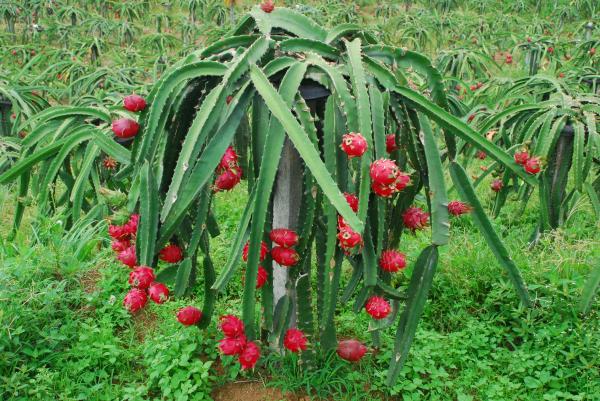
2. Blue agave
Some species of agave are edible, although none is as famous as Agave tequilana, popularly called blue agave. Not only is this an edible type of succulent, but it is known for production of the alcoholic drink known as tequila. This is represented in the plant's scientific name. Their flowers are also used in traditional Mexican cuisine and the plant itself has become a symbol of Mexican culture.
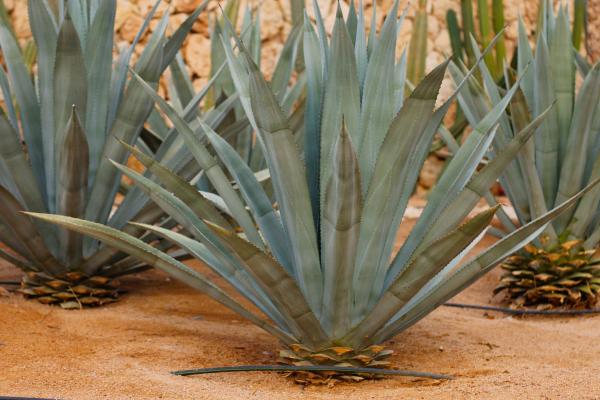
3. Prickly pear
Some plants from the Opuntia genus of cacti are also types of edible succulent. Many parts of this edible cactus can be consumed, including the pear-shaped fruit from which this plant bears its name. The fruit is very rich and sweet, but it needs to be handled with gloves. This is due to the sharp spines which also give this plant its name.
The leaves of this plant are also edible and are known as ‘nopal’. They are delicious, but their prickly thorns also need to be removed before cooking. These padded leaves are also mucilaginous since they secrete a sticky substance which gives them a particular texture.
Find out how we categorize these types of plants with our article on the difference between succulents and cacti.
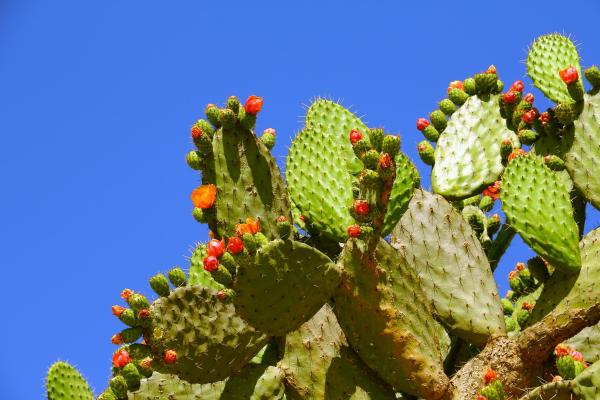
4. Saguaro
Not only one of the most famous edible succulents, the saguaro (Carnegiea gigantea) is one of the most famous plants period. This is the quintessential cactus from film, TV and animation alike. Able to grow up to 64 feet (20 m), this plant is not as well known for being edible. The main trunk is edible, but not very pleasant. Its fruit is much more delectable, but it can take decades for this cactus to bear its fruit. Some individual plants can even live over 300 years.

5. Aloe
The first thing that must be said about aloes here is that, although their beneficial properties are well known, you must be very careful when ingesting them. This is because some of them are poisonous or toxic. Of the edible aloe species, the most suitable for culinary use is (Aloe barbadensis) which is also the most commonly used in this way. Its gel has laxative effects and can be taken occasionally, although the European Medicines Agency insists that it should not be taken without a prescription and never for more than a week.
Learn more about aloe vera with our guide to the different types of xerophytic plants.

6. October stonecrop
The leaves of all types of stonecrop plants are edible. Known invariably as Siebold's stonecrop, Siebold's sedum or October daphe, Hylotelephium sieboldii is a small succulent perennial that grows in rocky areas and on dry land, attracting attention wherever it is found. The leaves of this edible succulent are often pickled or added as an ingredient in the kitchen, being a great addition to salads and soups thanks to their peppery flavor. It should be consumed in moderation, because in small quantities, since it has beneficial effects, but is problematic in excess.
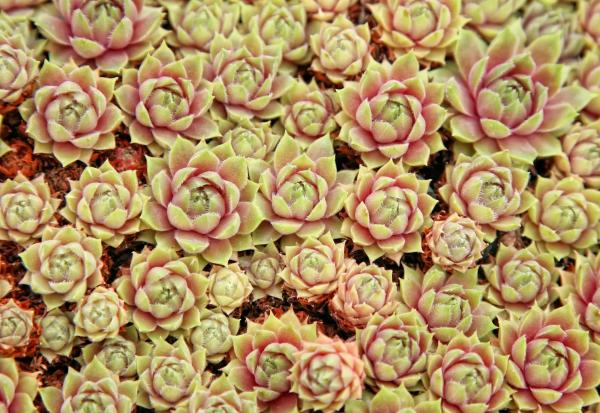
7. Common purslane
Portulaca oleracea is a wild succulent plant that often appears in orchards and fields. It is also cultivated as a vegetable. It is a useful plant for the garden because it attracts bees, thanks to the colors you can see in the photo below. Its leaves are usually eaten raw and in salads, although it is also common to sauté them.
Purslane leaves are very interesting in terms of nutrition. In addition to being rich in vitamins and minerals, they contain a large amount of Omega 3 fatty acids. This makes them one of the largest sources of this extremely valuable nutrient in the entire plant kingdom and particularly interesting for those who follow vegetarian or vegan diets.
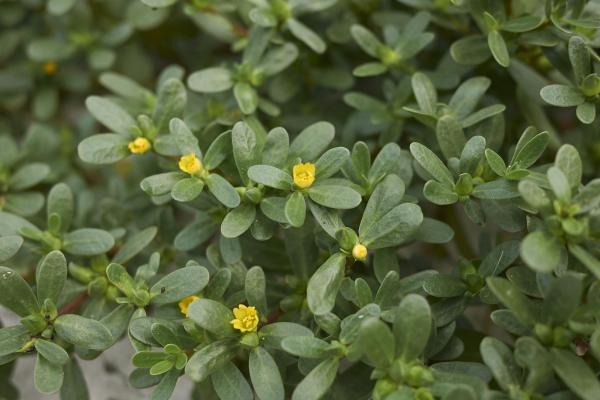
8. Fishhook barrel cactus
Although one of the types of edible succulents and cacti, the fishhook barrel cactus is not going to be a regular fixture on many dinner tables. Ferocactus wislizeni is also known as the candy barrel cactus or the Arizona barrel cactus due to its shape, colorful flowers and location. As you can see in the photo below, it is also very spiny and these need to be removed vary carefully with protective gloves.
The flavor of the barrel cactus is not very pleasant for human consumption, but some adventurous spirits have enjoyed it. This is because it can provide nutrition and much needed hydration when out on the dry desert plains it calls home.
Now you know all about the different types of edible succulents and cacti, you may be interest in learning about some other plants commonly used in the kitchen. This can be done with our articles on the different types of thyme plants and different types of rosemary.
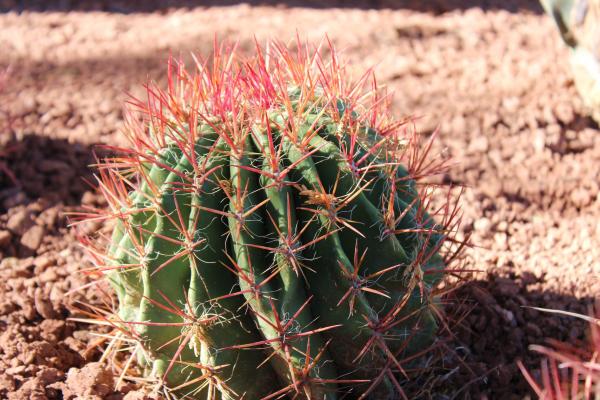
If you want to read similar articles to Types of Edible Succulents and Cacti, we recommend you visit our Plant care and cultivation category.













